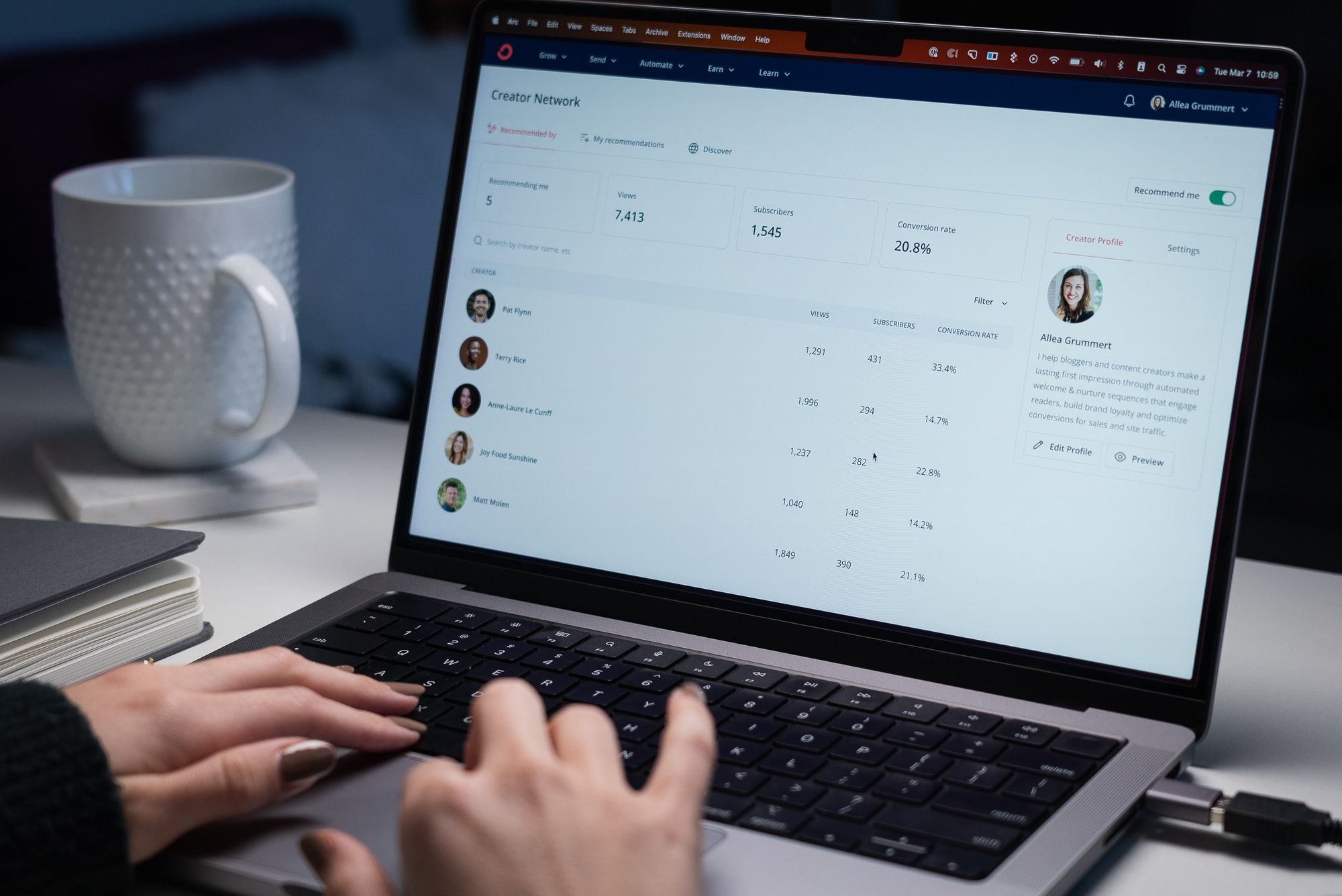In the ever-evolving landscape of digital marketing, email campaigns remain a crucial tool for businesses to engage with their customers and prospects. Salesforce, being a leading customer relationship management (CRM) platform, offers a powerful Email Deliverability System that plays a vital role in ensuring your messages reach their intended recipients. In this comprehensive guide, we will explore the ins and outs of Salesforce's Email Deliverability System, its significance, and how to leverage it to achieve higher deliverability rates and email campaign success.
Understanding Salesforce's Email Deliverability System

Salesforce's Email Deliverability System is a sophisticated set of tools and practices designed to maximize the chances of your emails reaching the inbox of your intended recipients. It encompasses various aspects, including authentication, reputation management, bounce handling, and engagement metrics. By optimizing these elements, you can reduce the likelihood of your emails being flagged as spam and increase the overall deliverability and open rates.
Authentication: The Foundation of Trust
One of the primary reasons emails get trapped in spam filters is a lack of authentication. Salesforce's Email Deliverability System supports Sender Policy Framework (SPF), DomainKeys Identified Mail (DKIM), and Domain-based Message Authentication, Reporting, and Conformance (DMARC) protocols. Implementing these authentication methods proves to email providers that your emails are genuine, thereby establishing trust and enhancing deliverability.
Reputation Management: Building Credibility
Maintaining a positive sender reputation is crucial for successful email campaigns. Salesforce's system continuously monitors the sending behavior of your domain and IP address. By adhering to best practices, sending relevant content, and avoiding spam complaints, you can build a solid reputation, increasing the likelihood of your emails reaching recipients' inboxes.
Bounce Handling: Keeping Your Lists Clean
Bounces occur when emails fail to reach their intended recipients. Salesforce's Email Deliverability System helps you identify and manage hard and soft bounces, ensuring your email lists stay up-to-date and free from invalid addresses. A clean list leads to improved deliverability and engagement rates, as you're targeting a genuinely interested audience.
Engagement Metrics: Analyzing Email Performance
Salesforce provides detailed engagement metrics to measure the effectiveness of your email campaigns. These metrics include open rates, click-through rates, and conversion rates. By analyzing this data, you can refine your email content and targeting strategies to enhance engagement and overall campaign success.
Configuring the Email Deliverability System in Salesforce
Activating and configuring the Email Deliverability System in Salesforce is a straightforward process. First, access the Email Deliverability Settings within your Salesforce account. There, you'll find options to set the access level for email delivery:
No Access: Prevents all email delivery, useful for testing or maintenance purposes.
System Email Only: Allows system-generated emails, like password resets or notifications, but restricts other email delivery.
All Email: Grants full email delivery access, enabling you to send marketing and transactional emails.
Choosing the appropriate access level depends on your organization's needs and email sending requirements. For routine email campaigns, selecting "All Email" is usually recommended.

Best Practices for Optimizing Email Deliverability

Now that you understand the fundamentals of Salesforce's Email Deliverability System, let's delve into some best practices to further optimize your email campaigns:
Build a Permission-Based Email List: Obtain consent from recipients before adding them to your email list. This ensures that you're sending emails to a genuinely interested audience, reducing the chances of spam complaints.
Segment Your Audience: Divide your email list into targeted segments based on demographics, preferences, or behaviors. Personalized and relevant content leads to higher engagement and lower unsubscribe rates.
Craft Compelling Subject Lines: Your subject line is the first thing recipients see, so make it attention-grabbing and relevant. Avoid using spammy words or excessive capitalization.
Maintain a Consistent Sending Schedule: Establishing a predictable sending schedule helps recipients recognize your emails and builds anticipation for your content.
Test Before Sending: Always test your emails before mass distribution. Check for broken links, formatting issues, and overall email deliverability to different providers.
Monitor Engagement Metrics: Regularly analyze your email performance data to identify areas for improvement. Use this information to tweak your content and optimize your campaigns.
Conclusion
In conclusion, the Email Deliverability System in Salesforce is an invaluable tool for ensuring the success of your email campaigns. By implementing authentication protocols, managing your sender reputation, handling bounces, and analyzing engagement metrics, you can significantly enhance your email deliverability rates. Coupled with best practices such as permission-based lists, targeted segmentation, and compelling subject lines, you'll be well on your way to running effective and engaging email campaigns that drive results. Embrace the power of Salesforce's Email Deliverability System, and watch your email marketing efforts soar to new heights.

